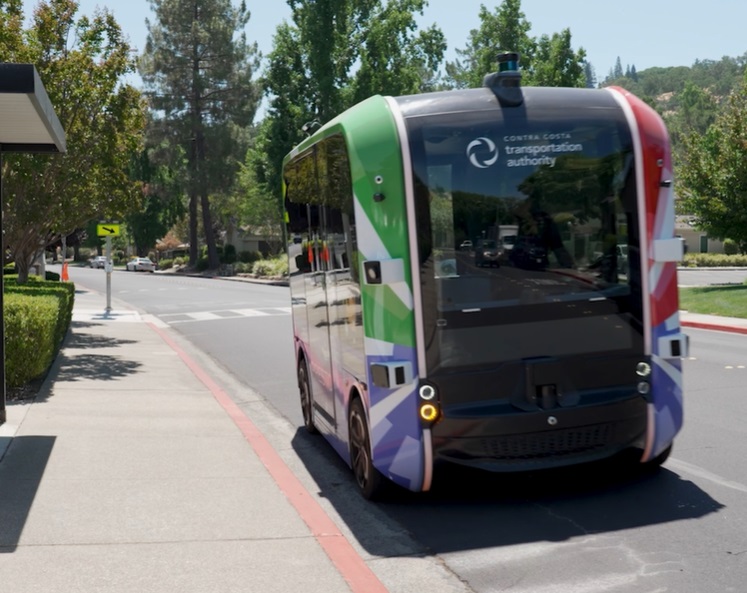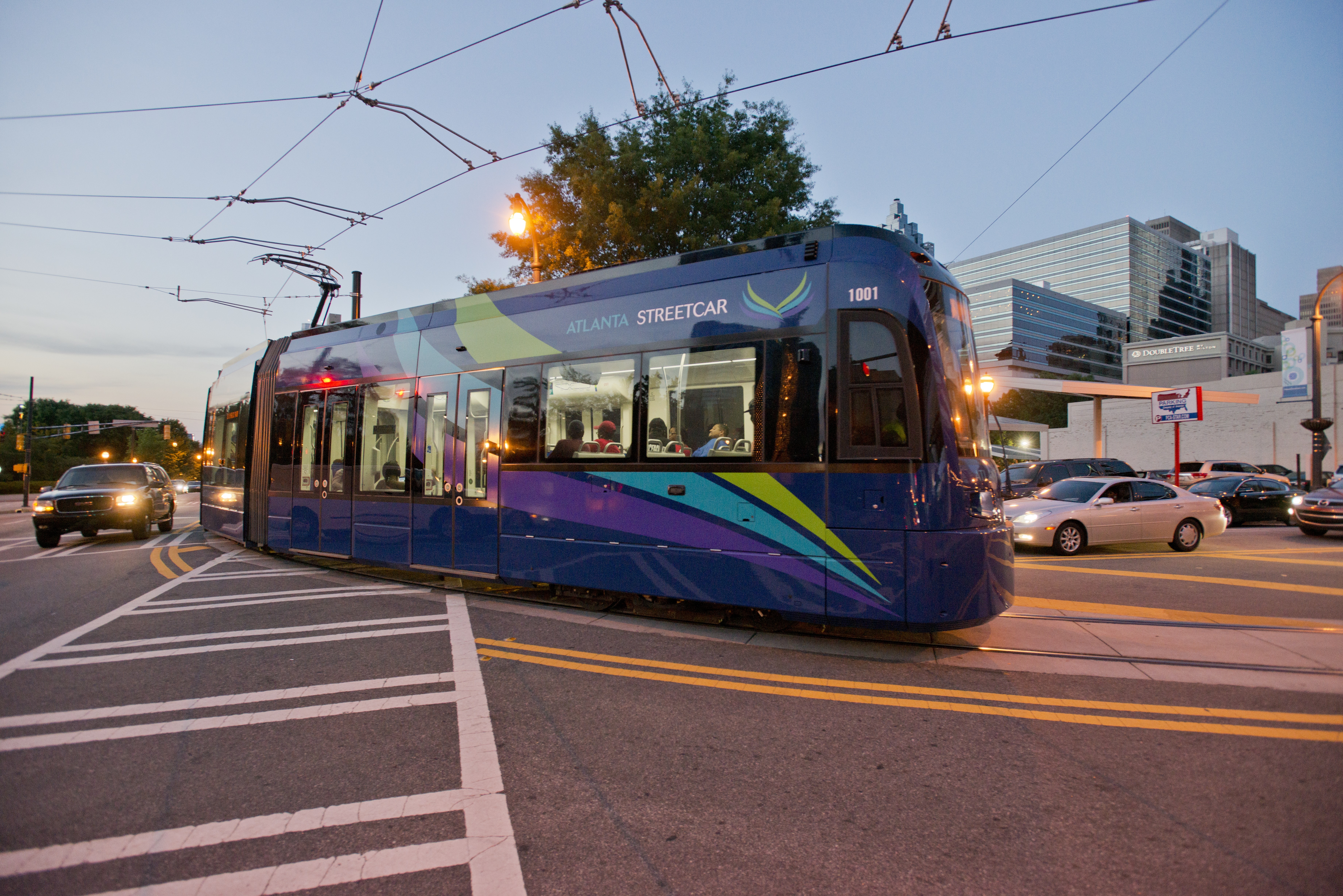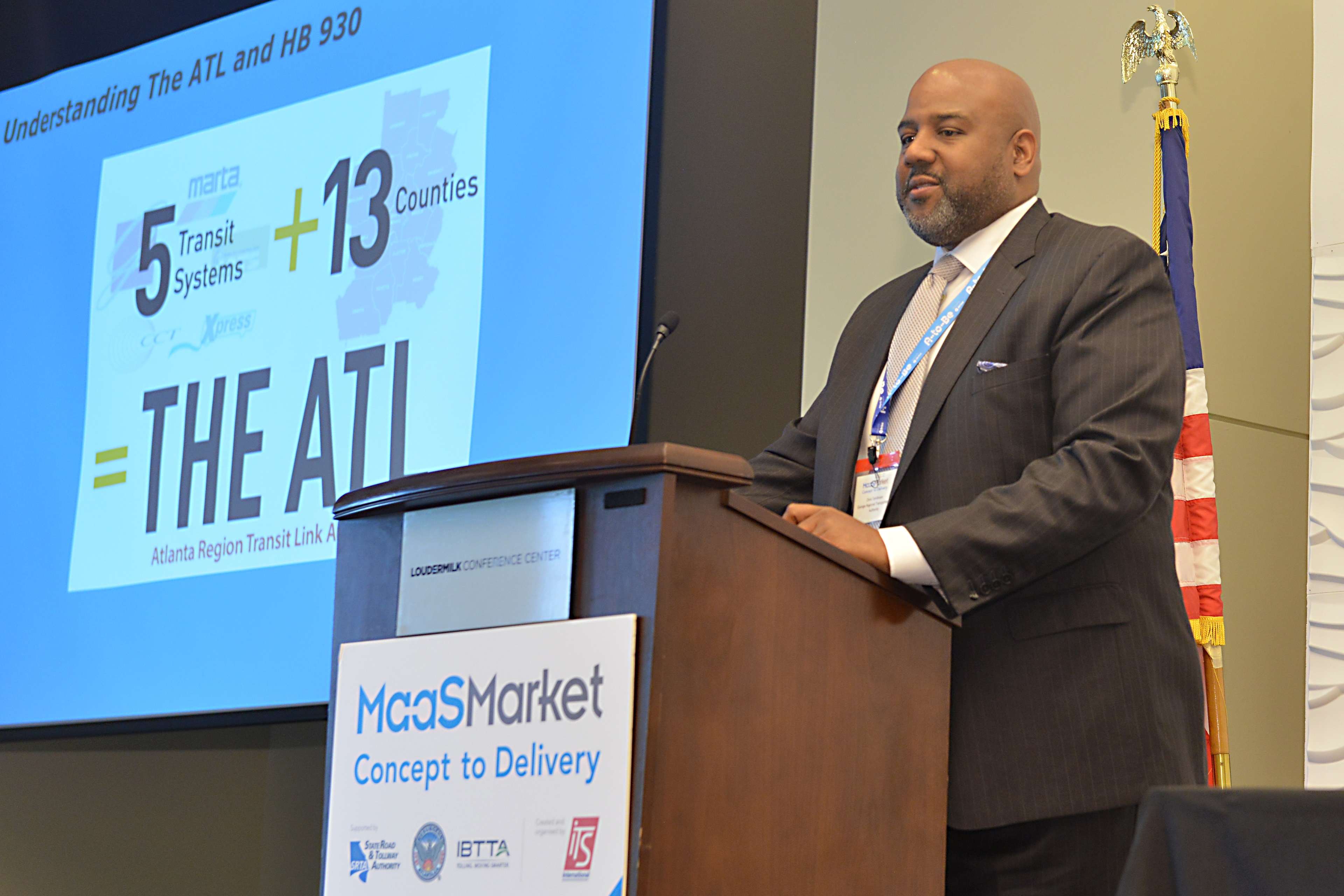
Public opinion in matters relating to transport rarely exceeds complaints about congestion on the roads, crowded metros, slow buses with ‘exorbitant’ fares or perhaps enforcement cameras. When asked, people tend to focus on the ‘here and now’ and they demand their elected representatives get to grips with whatever situation is currently causing them grief. Authorities may be able to implement a local fix to overcome some of these problems but eventually something more radical will be needed to fix the more intractable problems and inevitably not everybody will be happy with the proposed solution. A scheme that solves a problem for one neighbourhood can create difficulties for the next and funding a solution in one location can mean there is no money left for those in other areas.
These situations are common to transportation departments across America and beyond but the
One of the shortcomings of the previous system Iwasaki highlights was that the money tended to follow the population which then focussed expenditure on the towns and cities while rather overlooking the rural areas and inter-city routes. “So we are soliciting good ideas from residents through the use of social media and an interactive website - and we had 1,700 responses in two weeks. Some were very individual - ‘it is eight miles to my nearest bus stop’ - whereas others, such as extending
Suggestions sent in by members of the public are read by CCTA staff and posted on the website, along with CCTA’s own ideas, to gauge support and reaction among the local residents. Public input will be incorporated into the Countywide Transportation Plan, which shapes the projects and programs the Authority plans to fund in the future, and some of the ideas will eventually be included in a Transportation Expenditure Plan, which must be voted on and approved by 66.67% of the County’s electorate. “If an Expenditure Plan is approved, it becomes my job is to deliver the projects contained in that voter-approved plan; on time and on budget.”
Contra Costa is divided into four sub-regions, and each region has a governing subcommittee that will vet and prioritise transportation ideas concerning their area. “At CCTA we try to anticipate the public’s priorities,” said Iwasaki before adding, “but at [the] local level they really know the situation on the ground and are best placed to decide their region’s priorities.”
Projects such as the complete reconstruction of Highway 4 can span or join adjacent regions and need buy-in from more than one subcommittee. Ultimately the schemes given the highest priorities by these subcommittees will be included in the Countywide Transportation Plan, along with CCTA’s prioritised schemes- but any new transportation packages must be approved by the public before any money gets spent.
Iwasaki: “We are likely to have about $5bn of secured funding over the next 25 years. If the schemes put forward by the subcommittees exceed that budget we would consider applying for an additional ½ cent sales tax that would probably run for the next 25 to 30 years and that would be subject to gaining public approval on a future ballot. People don’t like a forever tax but they do like to be consulted and have some say about what their money is spent on. We couldn’t have built the Fourth Bore for the Caldecott Tunnel without a sales tax,” adds Iwasaki who points out that 65% of California’s revenue comes from local sources which include sales tax and toll revenue.
That having to get public buy-in for its plans is a powerful tool does not go unrecognised. “If we don’t deliver, it would be very difficult to get the electorate to approve another transportation-related sales tax in Contra Costa County.”
However the funding raised does not have to cover the full cost of all the schemes included in CCTA’s Transportation Expenditure Plan. “We aim to get the selected schemes to the construction stage at which point we can apply for Federal funds.”
In the case of the Fourth Bore, CCTA provided around $125m of sales tax funding for the $417 million project.
Suggestions from the public are not only viewed in the light of a yes/no decision for individual progression, they are also considered collectively to gauge the strength of feeling by location, transport mode and personal circumstances. “Last time we constructed a Countywide Transportation Plan, there was very little focus on public transit but through the public consultation process this time we are getting lots of suggestions about extending BART at the southern end [of the county]. Now that area is all built up so it would have to be set in tunnels or elevated and that would mean additional expense – but if that is what we’re hearing from our citizens, then we will include it and the public will have a chance to vote on it in the future.”
To gauge the level of interest among members of the public without a particular project to suggest, visitors to the website can also indicate their transport priorities from 10 categories including BART, Safe Routes To School, Mobility for seniors/disability, Highways and Pedestrians. In addition, CCTA has run public meetings to gather feedback in local areas, hosted a telephone town hall meeting, and offers an email and telephone comment option.
That is not to say that the process is a panacea. Contra Costa is primarily suburban – but that is something Iwasaki said the county would like to change: “The wish is to create jobs in our communities and not simply be a nice place to live that people commute from and to each day. So we have to think about providing efficient transport links for goods vehicles and freight delivering to and collecting from businesses in our communities.”
In a similar situation to the rural funding conundrum, as the area is not traditionally industrial, there is little or no input via the social media and online tools regarding improvements to freight movements. It is therefore incumbent on CCTA to consider improvements regarding the transportation of freight and to bring forward proposals to improve the situation.
In its deliberations over the various options the authority has to (and is already) factor in demographic and other expected changes in the region including an expected 280,000 increase in population across the county over the next 25 years. Having already deployed HOV lanes, ramp meters and other changes that mainly benefit those travelling in peak periods, the county is focusing on how technology can improve transportation for other groups too. CCTA recently announced the formation of the largest secure test bed for autonomous vehicles in the US – technology that benefits mobility for older people. In fact, the Contra Costa Transportation Authority has designated $100 million in the Countywide Transportation Plan to leverage new technologies to increase the mobility in the county.
How the electorate will view the proposed changes and new technological innovations – that will become clear the next time CCTA goes to the ballot box.
CCTA
The Contra Costa Transportation Authority (CCTA) is a public agency formed by Contra Costa voters in 1988 to manage the county’s transportation sales tax program and oversee countywide transportation planning efforts. It is responsible for planning, funding and delivering critical transportation infrastructure projects and programs and also serves as the county’s congestion management agency.
Contra Costa
Contra Costa is situated in the northern sector of the East Bay region and has experienced rapid growth in the past – the county’s population grew from 804,000 in 1990 to just over one million residents in 2010. And over the next 25 years that figure is expected to rise by 27% which is why the county is working on defining the transportation systems that will be required over the next 30 years.












